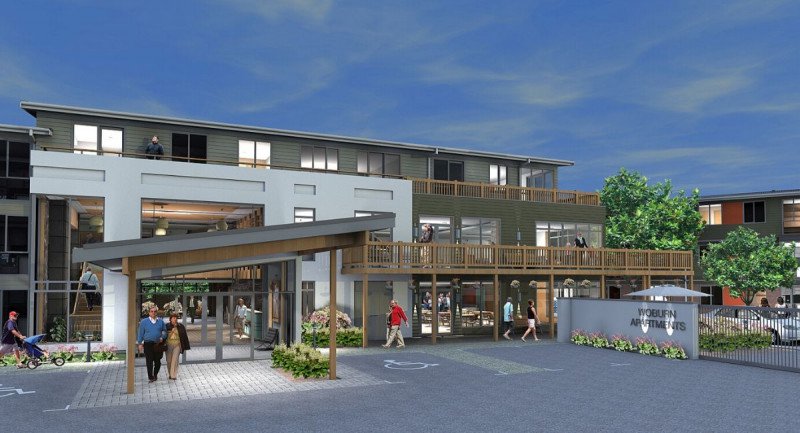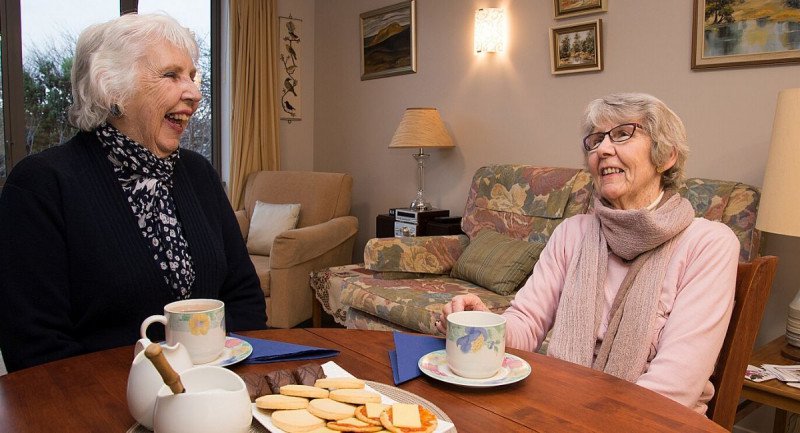Hit enter to search or ESC to close
25 February 2020
New Zealand retirement village protection for residents ‘world-leading’
While retirement village living is not for everyone, Retirement Villages Association of New Zealand Executive Director, John Collyns, says it is the choice of a rapidly growing number of New Zealanders.
Currently more than 40,000 people – a number which is growing by 80 to 90 people each week – choose this environment for the security, independence, sense of community and quality of life retirement villages can offer.
As consumers, residents’ rights are protected by the Retirement Villages Act, which is regarded as a world-leader in legislating the sector. John says that other countries, including Australia and the UK, are following New Zealand’s lead and asking the Retirement Villages Association for guidance on the model.

Demand exceeds supply as retirement village living is becoming a desirable lifestyle in New Zealand.
Understanding retirement village contracts and terms
“It’s important to understand that moving into a retirement village is not a conventional real estate transaction that most people are accustomed to,” says John.
“Retirement village residents sign a contract, called an Occupation Right Agreement (ORA), effectively purchasing the right to live in a purpose-built, comfortable, modern private home with onsite amenities and in most cases, access to aged care.
“ORAs are complex legal documents that require proper scrutiny, which is why the Retirement Villages Act requires that all intending village residents must receive independent legal advice before signing an ORA.”
The RVA has made it easy for intending occupants to compare the contracts of different retirement villages with a Key Terms Summary; a short, easy-to-understand template summarising five key terms.
The Key Terms Summary is available from Retirement Village Association member operators who include it in the information they are required to hand out to intending residents.
But what of those criticisms that suggest living in a retirement village is a risky move, with hidden conditions and complexities that may come back to bite later on?
“Despite what some critics claim, affordability is one of the key benefits of retirement villages, especially at a time of housing shortages and inflated prices,” says John.
“When residents downsize from the family home, they free up capital and generally pay less than the average price of a freehold home in that neighbourhood when they move to a village.
“Residents are making an investment in a lifestyle without the need to maintain and upkeep homes, pay rates, home insurance and water levies. They pay modest weekly fees, and in many cases, this is fixed for life.
On leaving the village, occupants typically get back 70 to 80 percent of their capital spent on their ORA, with between 20 and 30 percent paid as a Deferred Management Fee (DMF), meeting the cost of providing the amenities.”
Protection for retirement village residents
Retirement villages are required to be registered with the Registrar of Retirement Villages, which forms part of the Companies Office. Villages must appoint a licensed statutory supervisor to monitor their finances and hear residents’ complaints. A memorial is also placed on the title to retirement village land to protect residents should the village operator get into financial difficulties.
“This means the residents can continue living in their homes and the village is kept together as a going concern. The residents are always protected.”

Retirement living offers social and health benefits says RVA Executive Director John Collyns
Demand exceeds supply as retirement village living has evolved into a mainstream housing option. John says villages also help address New Zealand’s housing supply issues by enabling people to realise equity, move into an affordable, purpose-built home and free up their home for another family to live in. Around 4,500 family homes are put back onto the market this way every year.
“Retirement village living delivers proven social and health benefits for residents as well. We all know that social isolation – particularly for older people – is a serious health risk. Retirement villages are purpose-built communities of like-minded people, designed to combat social isolation”.
"Retirement villages will play an increasingly important role in the future of New Zealand cities by offering older residents' companionship, a community and independent living. But we always say that whether it is the right option for the individual, can only be decided by the individual."